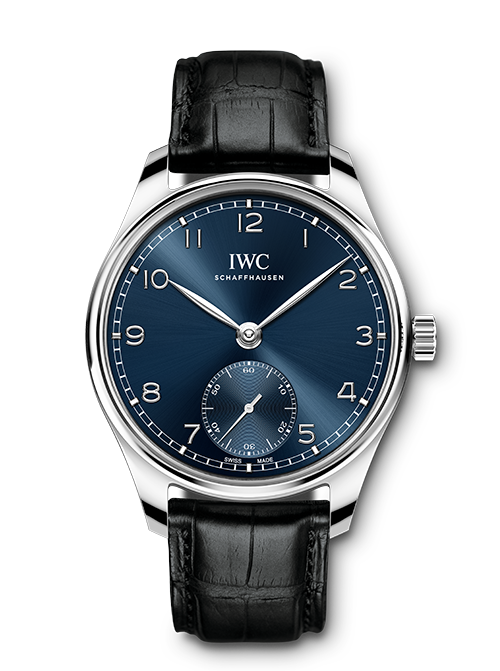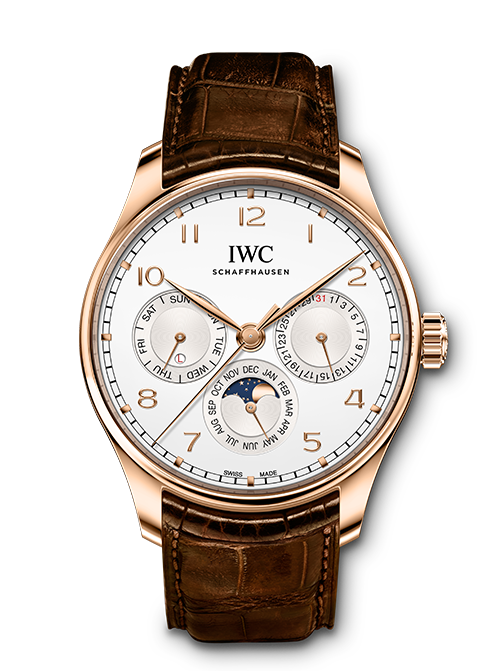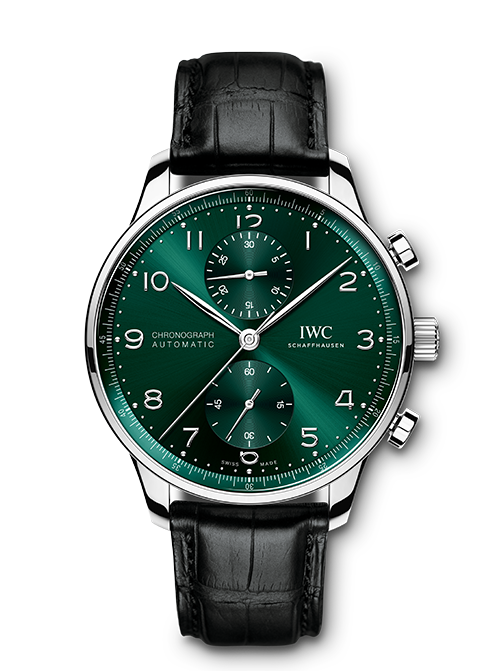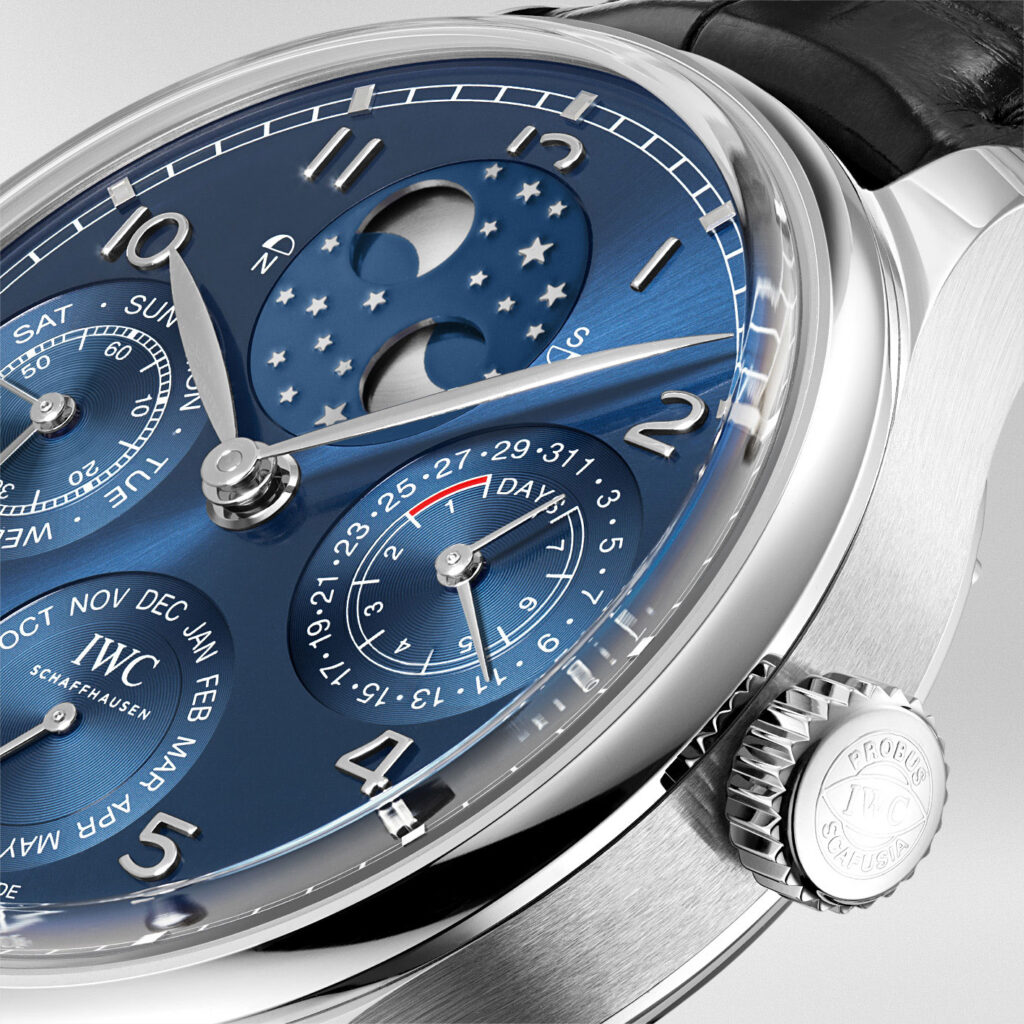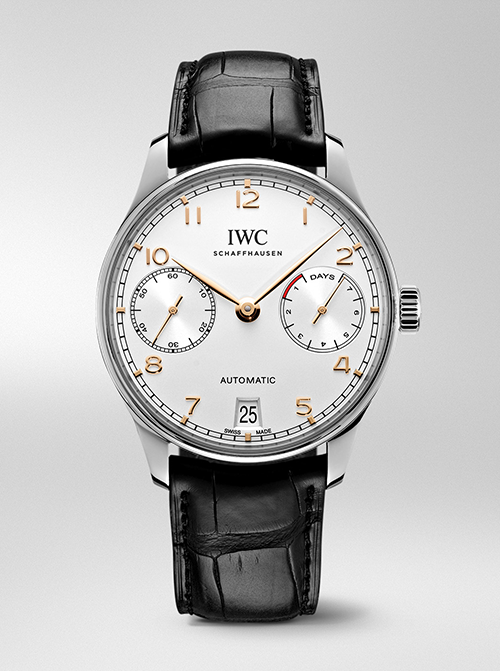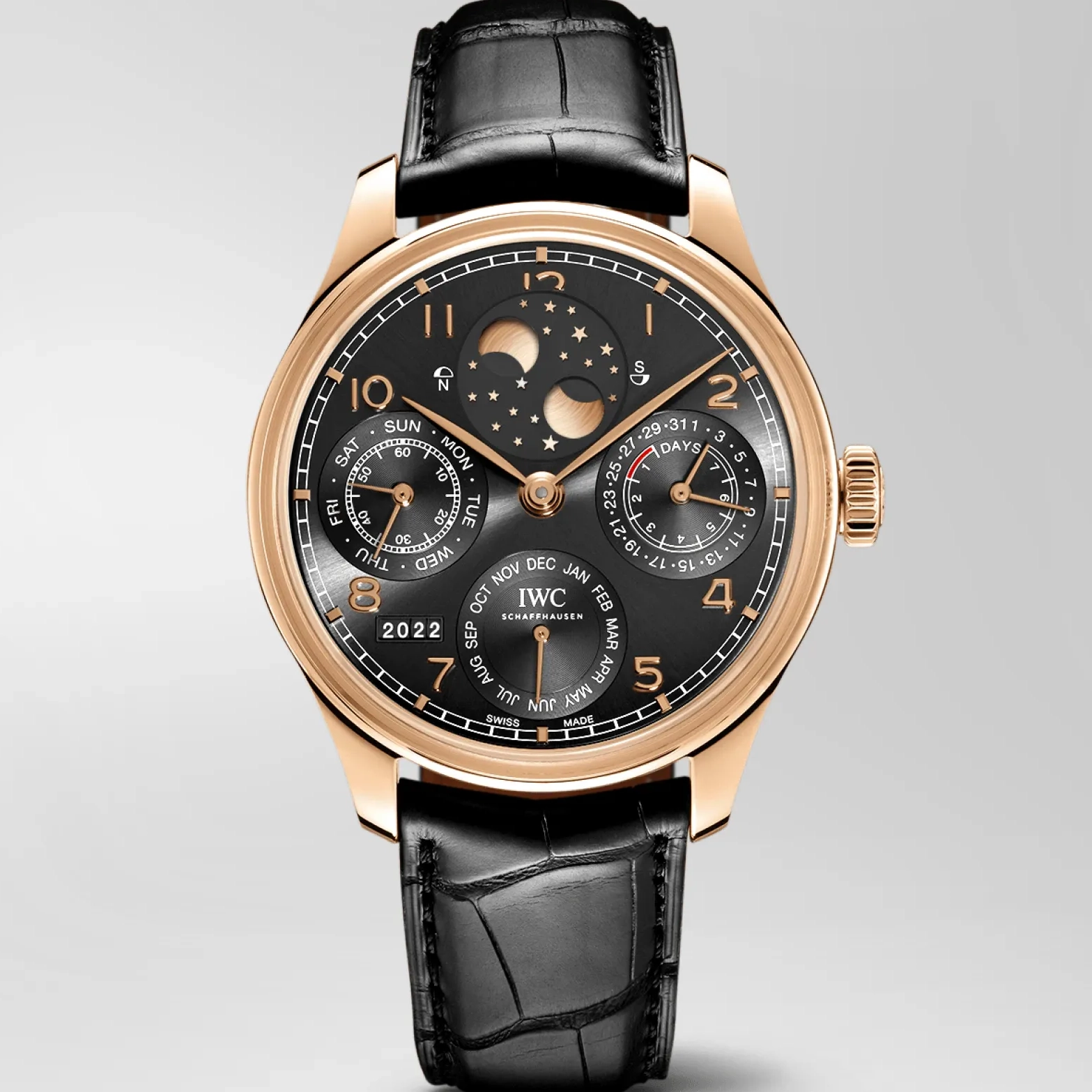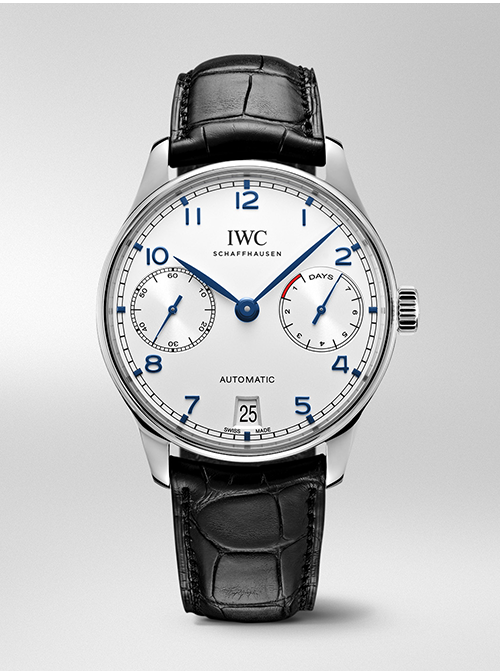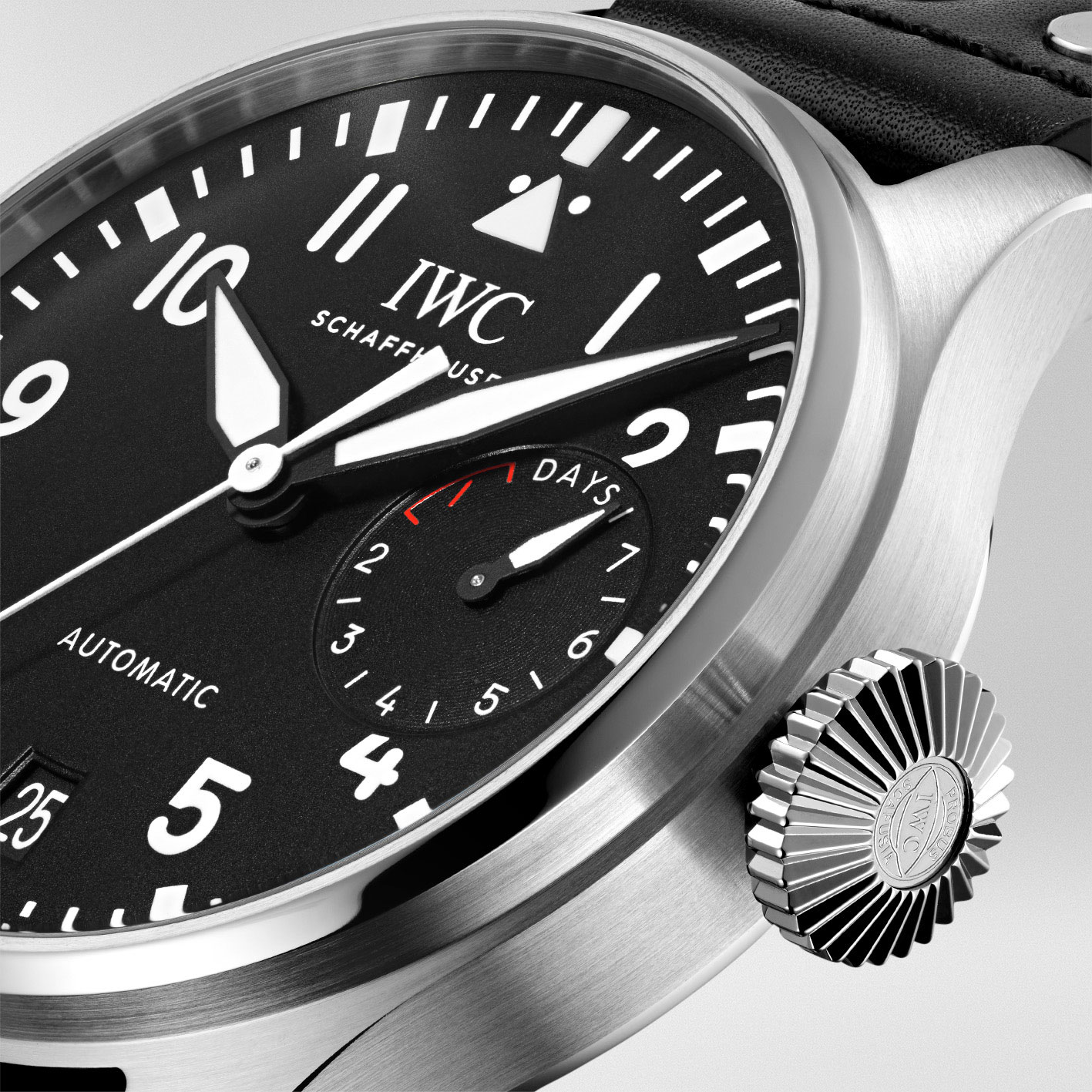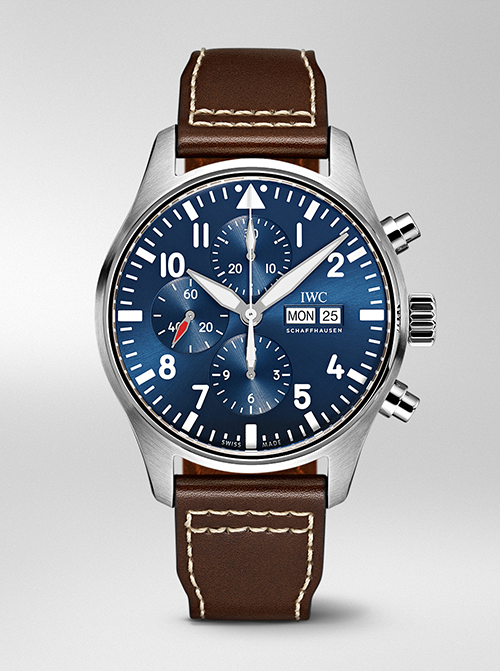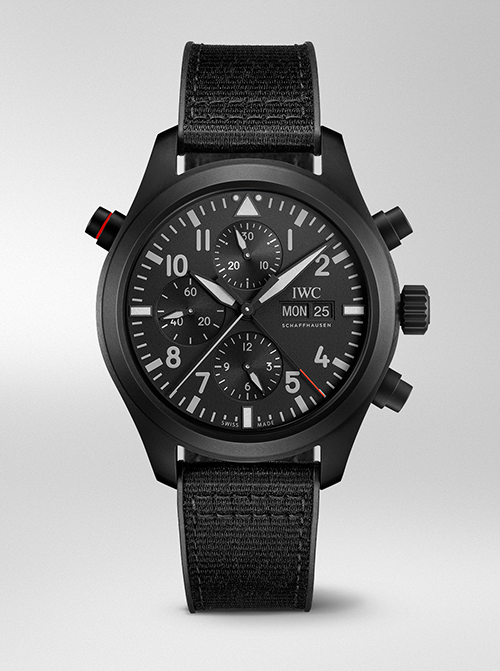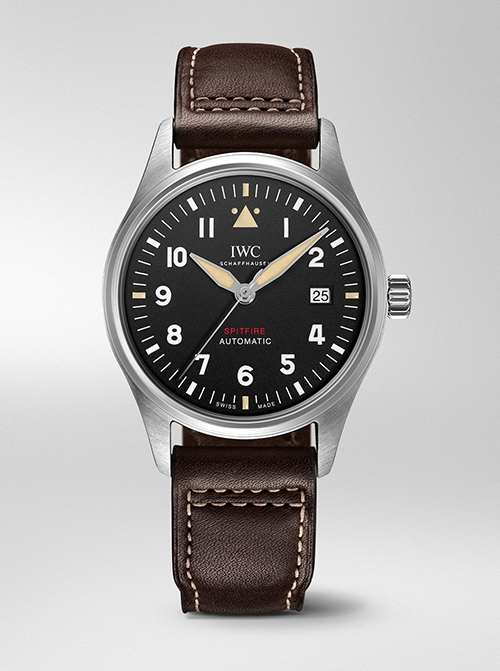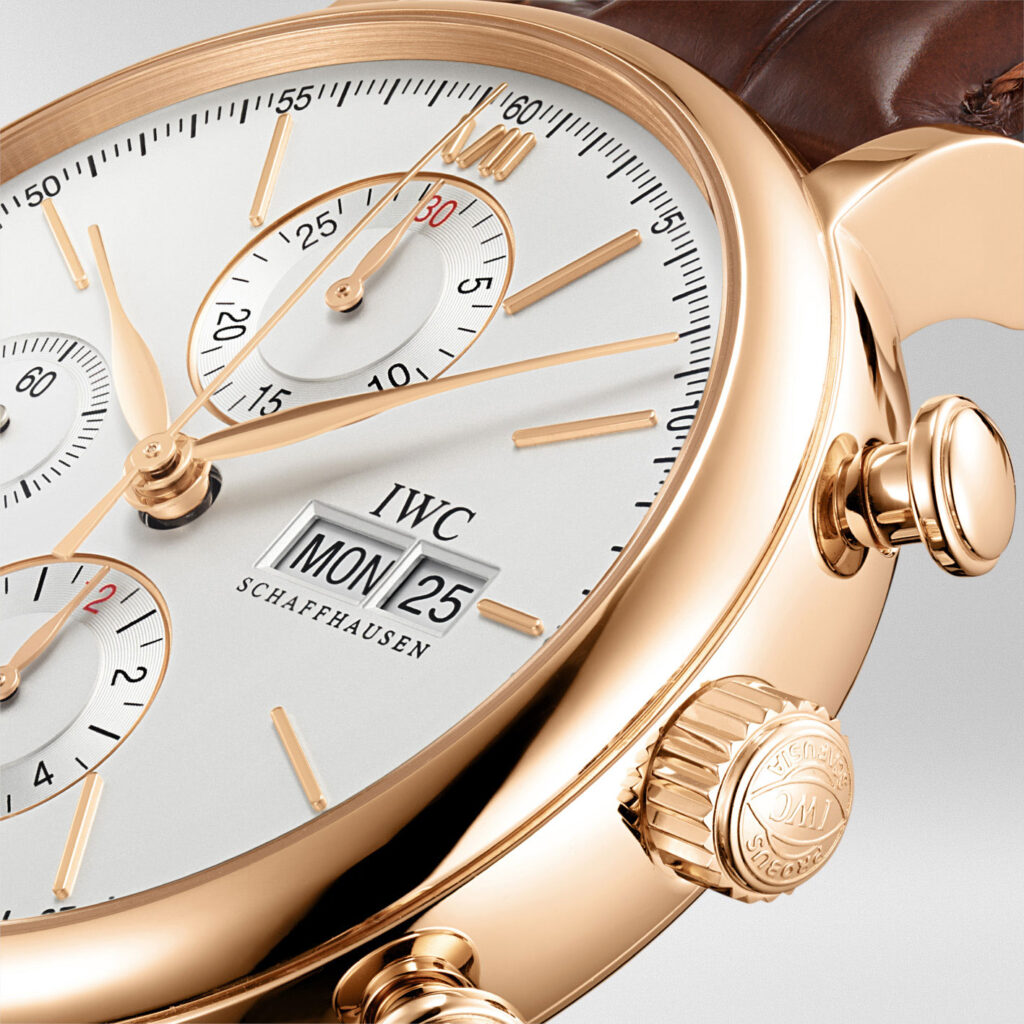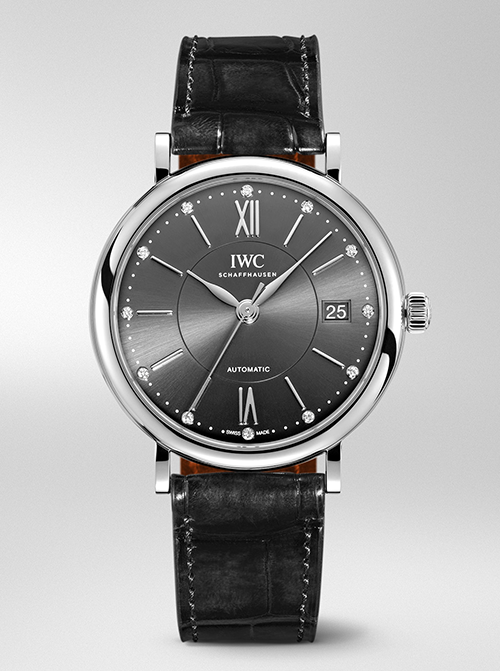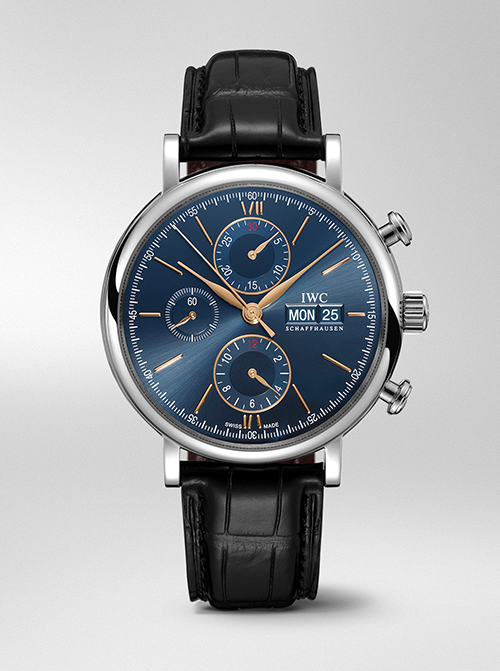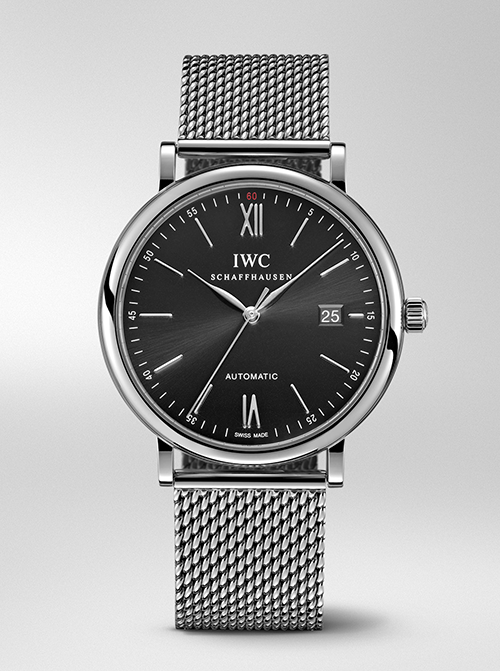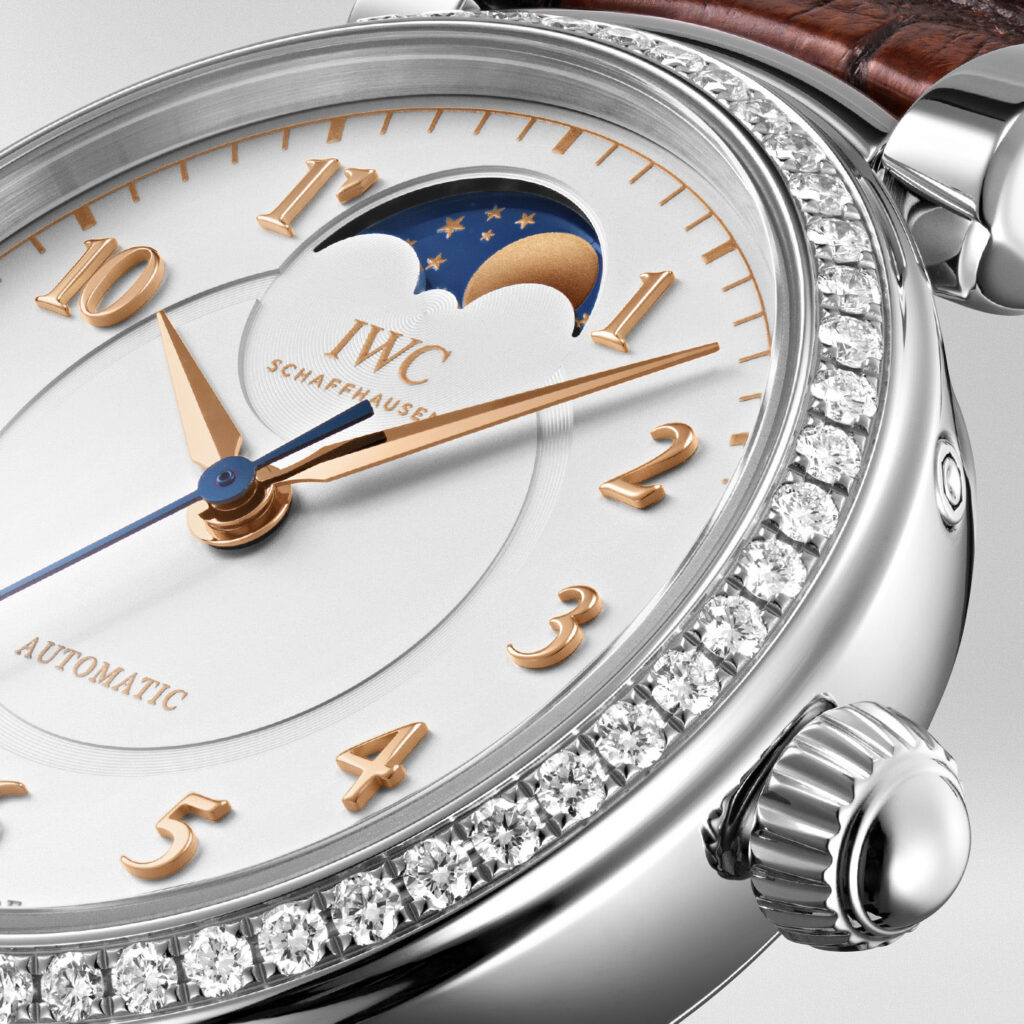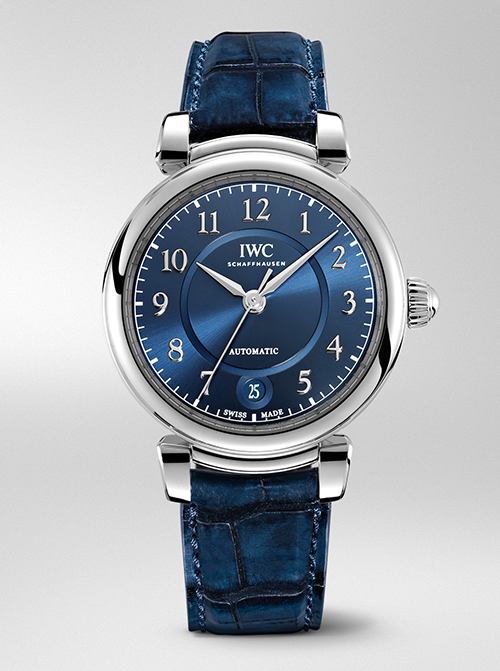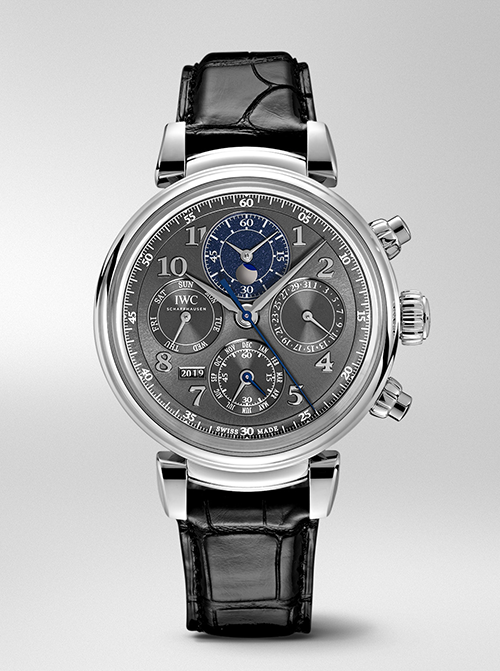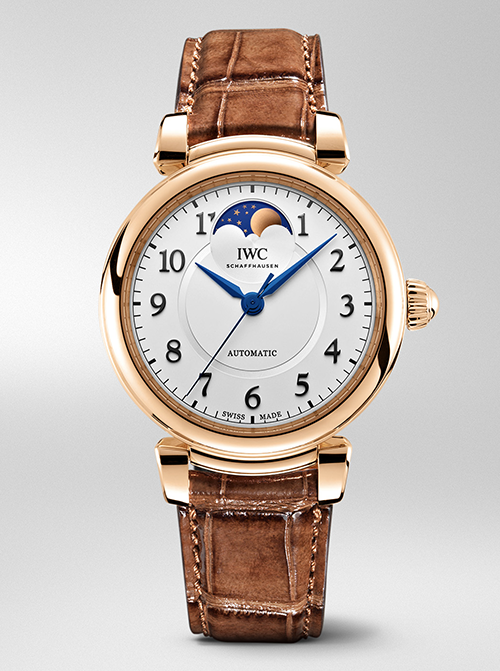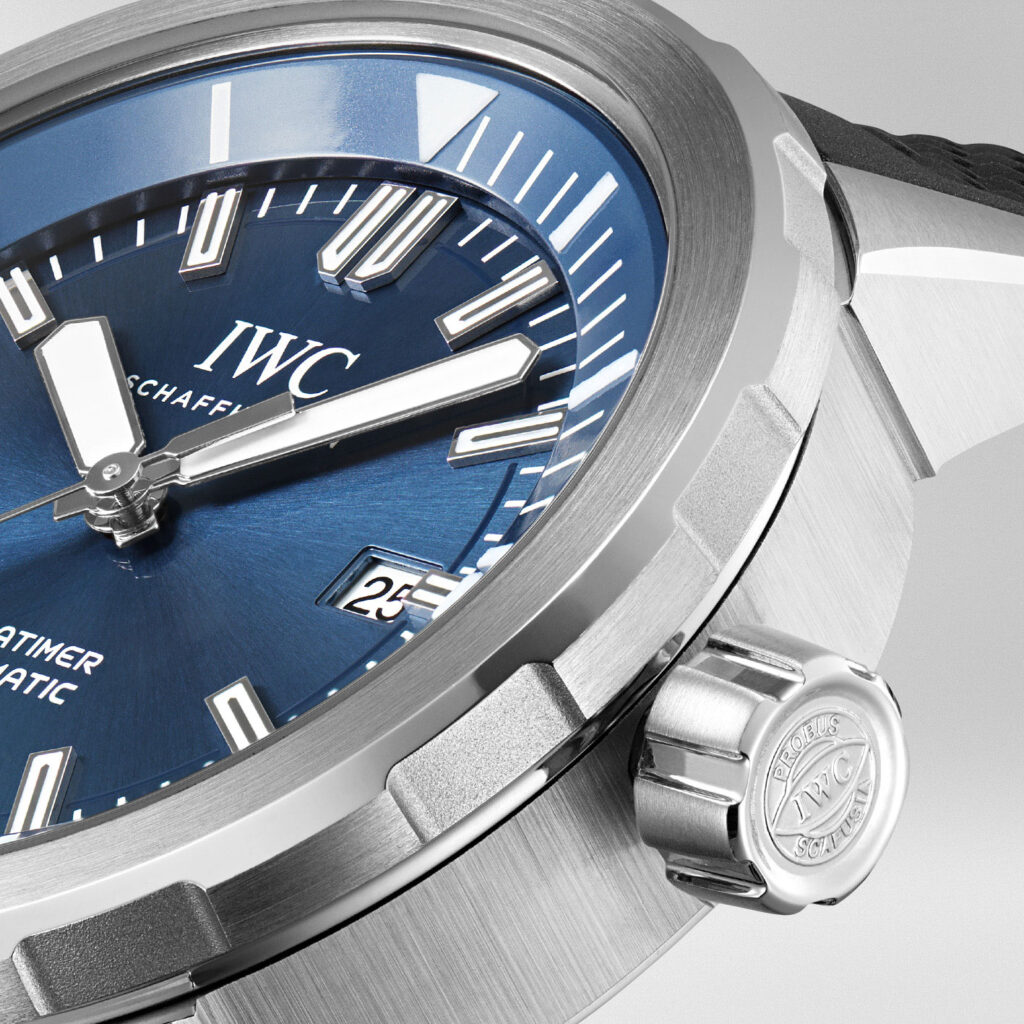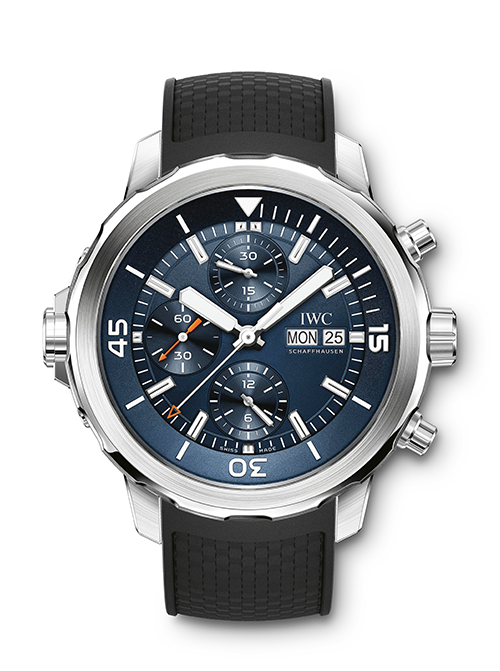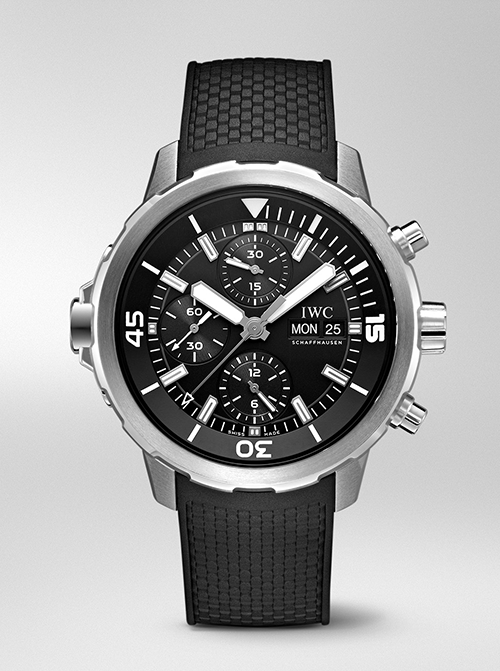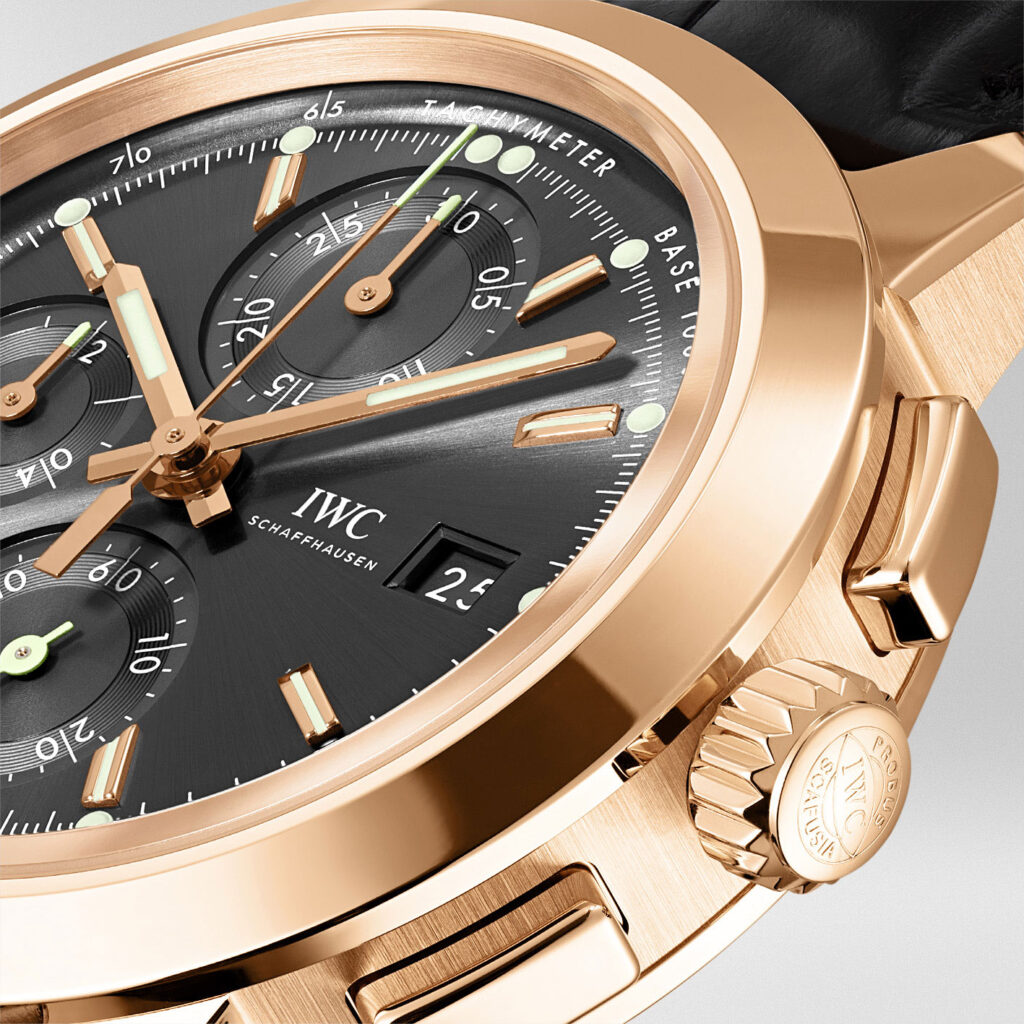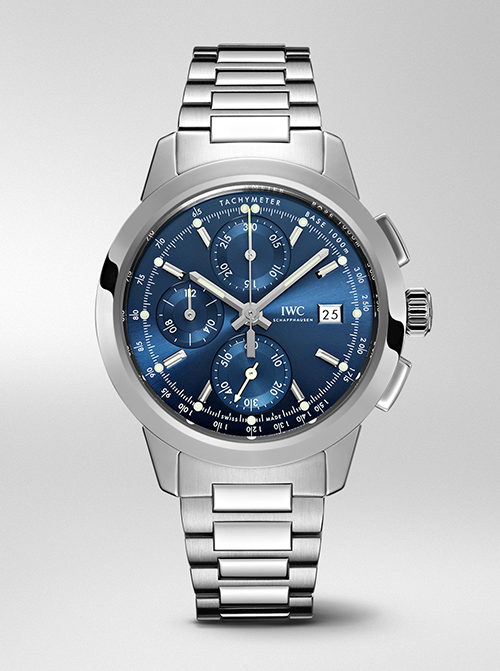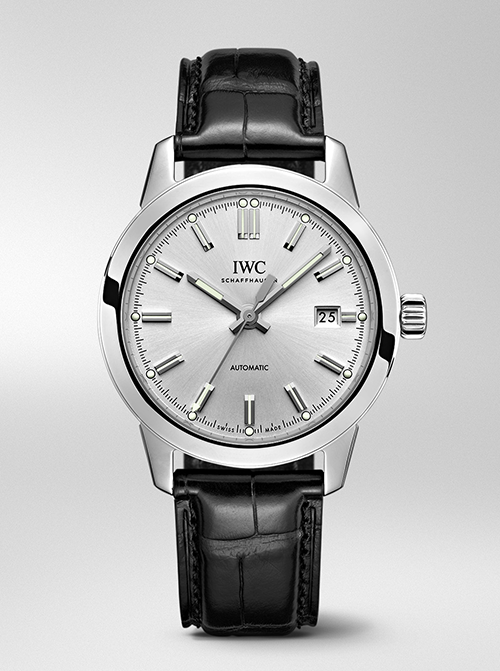
IWC SCHAFFHAUSEN
In 1868, the American watchmaker and entrepreneur Florentine Ariosto Jones travelled from Boston to Switzerland and founded the ‘International Watch Company’ in Schaffhausen. His visionary dream was to combine advanced American manufacturing methods with the craftsmanship of Swiss watchmakers to make the best pocket watches of his time. In doing so, he not only laid the foundation for IWC’s unique engineering approach but also established the centralised production of mechanical watches in Switzerland.
Over its 150 year history, IWC Schaffhausen has developed a reputation for creating functional complications, especially chronographs and calendars, which are ingenious, robust, and easy for customers to use. A pioneer in the use of titanium and ceramics, IWC today specialises in highly engineered technical watch cases manufactured from advanced materials, such as titaniumaluminide and Ceratanium™. Preferring the principle of “form follows function” over decoration, the Swiss watch manufacturer’s timeless creations embody their owners’ dreams and ambitions as they journey through life.
IWC sources materials responsibly and takes action to minimise its impact on the environment, creating intrinsically sustainable timepieces that are built to last for generations. The company prides itself in training its own future watchmakers and engineers, as well as offering an excellent working environment for all employees. IWC also partners with organisations that work globally to support children and young people.
The Manufakturzentrum
It is the latest chapter in a story that started 150 years ago. In August 2018, IWC officially opened the doors to the new Manufakturzentrum, a 13,500 square meter, state-of-the-art building constructed to house case and movement production as well as movement assembly, giving the company room to further expand in-house expertise and prepare for a future of technical innovation.
As a consequence, the brand is renewing its legendary promise of quality “Probus Scafusia” – the Latin motto, which translates as “Solid Craftsmanship from Schaffhausen”. The new ‘My IWC’ programme enables you to extend your International Limited Warranty from two to eight years. Register therefore your watch on myiwc.iwc.com.
